Video of the Week:
How Often to Water Lawns
Turfgrass:
Too Wet to Mow the Lawn
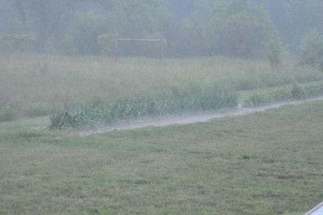
Thatch Control in Warm-Season Lawns
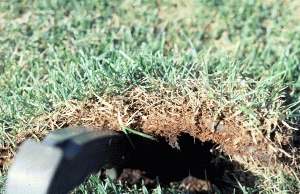
For warm-season grasses that time is June through July. Buffalograss, our other common warm-season
grass, normally does not need to be dethatched.
When thatch is less than one-half inch thick, there is little cause for concern; on the contrary, it may provide some protection to the crown (growing point) of the turfgrass. However, when thatch exceeds one-half inch in thickness, the lawn may start to deteriorate. Thatch is best kept in check by power-raking and/or core-aerating. If thatch is more than 3/4 inch thick, the lawn should be power-raked. Set the blades just deep enough to pull out the thatch. The lawn can be severely damaged by power-raking too deeply. In some cases, it may be easier to use a sod cutter
to remove the existing sod and start over with seed, sprigs or plugs.
If thatch is between one-half and a 3/4- inch, thick, core-aeration is a better choice. The soil-moisture level is important to do a good job of core-aerating. It should be neither too wet nor too dry, and the soil should crumble fairly easily when worked between your fingers. Go over the lawn enough times so that the aeration holes are about 2 inches apart. Excessive thatch accumulation can be prevented by not over-fertilizing with nitrogen. Frequent,
light watering also encourages thatch. Water only when needed, and attempt to wet the entire root zone of the turf with each irrigation.
Finally, where thatch is excessive, control should be viewed as a long-term, integrated process (i.e., to include proper mowing, watering, and fertilizing) rather than a one-shot cure. One power-raking or core-aeration will seldom solve the problem. (Ward Upham)
Time to Fertilize Warm-Season Grass
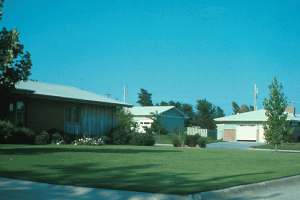
Bermudagrass requires the most nitrogen. High-quality bermuda stands need about 4 lbs. N per 1,000 sq. ft. during the season (low maintenance areas can get by on 2 lbs.). Apply this as four separate applications, about 4 weeks
apart, of 1 lb. N per 1,000 sq. ft. starting in early May. It is already too late for the May application, but the June application is just around the corner. The nitrogen can come from either a quick- or slow-release source. Plan the last application for no later than August 15. This helps ensure the bermudagrass is not overstimulated, making it susceptible to winter-kill.
Zoysiagrass grows more slowly than bermudagrass and is prone to develop thatch. Consequently, it does not need as much nitrogen. In fact, too much is worse than too little. One and one-half to 2 pounds N per 1,000 sq. ft. during the season is sufficient. Split the total in two and apply once in early June and again around mid-July. Slow-release N is preferable but quick-release is acceptable.
Buffalograss requires the least nitrogen of all lawn species commonly grown in Kansas. It will survive and persist with no supplemental nitrogen, but giving it 1 lb. N per 1,000 sq. ft. will improve color and density. This application should be made in early June. For a little darker color, fertilize it as described for zoysiagrass in the previous paragraph, but do not apply more than a total of 2 lb. N per 1,000 sq. ft. in one season. Buffalograss tends to get weedy when given too much nitrogen. As with zoysia, slow-release N is preferable, but fast-release is also OK. As
for all turfgrasses, phosphorus and potassium are best applied according to soil test results because many soils already have adequate amounts of these nutrients for turfgrass growth. If you need to apply phosphorus or potassium, it is best to core aerate beforehand to insure the nutrients reach the roots. (Ward Upham)
Ornamentals:
Trees Not Leafing Out
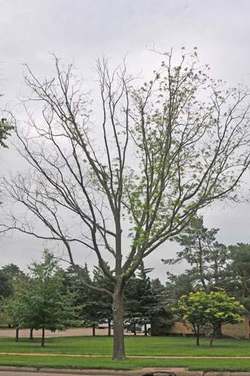
If a tree hasn’t leafed out at all, check the stems. If they are dry and brittle, that part of the tree is dead. However, sometimes the tips of the branches are dead but the tree is alive further back. Take a knife and shave off the outer bark on several small-diameter, young branches. If the tissue underneath is water soaked or dark brown to black in color, then it is likely dead. This cambium layer should be a greenish-white color. As long as the twigs remain supple and the tissue under the bark isn’t dark, there is hope.
So, what should we do for these trees? Help them avoid stress. This means watering during dry weather so the tree has good sap flow. Trees transplanted within the last couple of years should be watered every week during dry weather. More established trees should be watered every two weeks if there is no rainfall.
On young trees, kill all the grass under the tree and mulch. Reducing root competition makes for a healthier tree that is more likely to recover.
And finally, remove any dead wood so that insects and disease do not have a point of entry. Dead wood can be removed any time of year. (Ward Upham)
Miscellaneous:
Sidedressing Chart Available
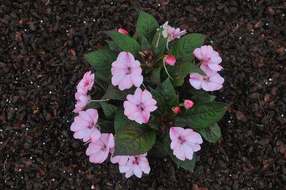
Excessive Rain Can Cause Leaf Problems
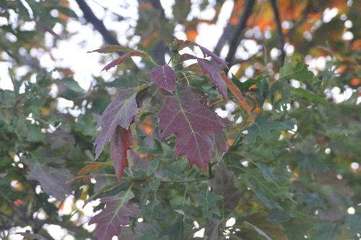
Trees Shedding Leaves: If trees shed leaves in a general shedding with all parts of the tree losing some leaves, then there is no cause for concern. A general shedding of the leaves is most often due to weather turning hot and dry. The tree drops leaves because the root system can no longer keep up. Dropping leaves helps balance the amount of water available from the root system and the amount needed by the leaves.
However, the same thing can happen if the soil is too wet. A lack of oxygen in the soil compromises the root system so it can no longer support all the leaves. Therefore, the tree drops some leaves to bring the tree roots and leaves back into balance. The tree will retain more than enough leaves to remain healthy. (Ward Upham)
Pests:
Bristly Rose Slug
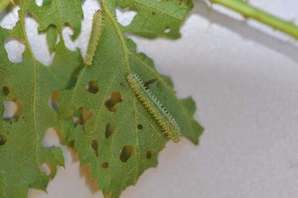
Young larvae will remove the green layer of a leaf leaving behind a clear material. As the larvae mature, they make holes in the leaf and eventually may consume all of the leaf but the major veins.
Since these insects are not caterpillars (larvae of moths or butterflies), BT, found in Dipel and Thuricide will not be an effective treatment. However, a strong jet of water will dislodge the slugs and make it difficult for them to return to the plant. Other effective treatments include insecticidal soap, horticultural oils, spinosad (Fertilome Borer Bagworm, Leafminer and Tent Caterpillar Spray or Captain Jack’s Deadbug Brew) and permethrin (various trade names). (Ward Upham)
Contributors: Ward Upham, Extension Associate
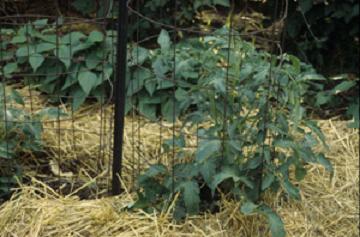
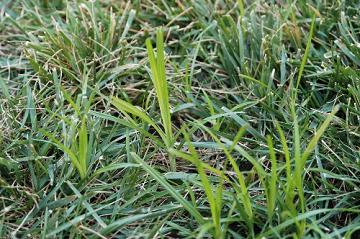
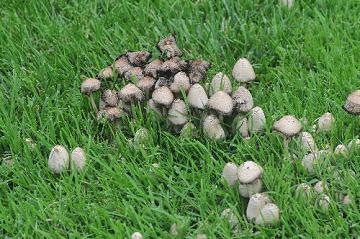
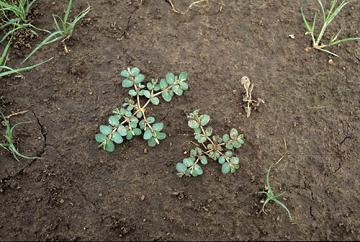
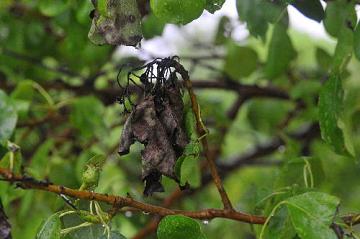
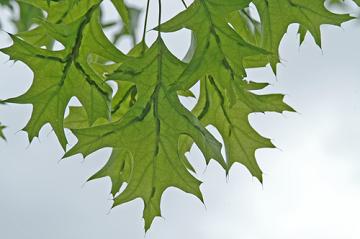
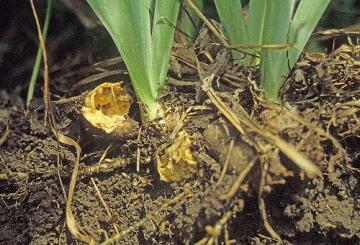
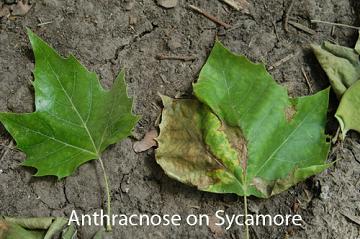
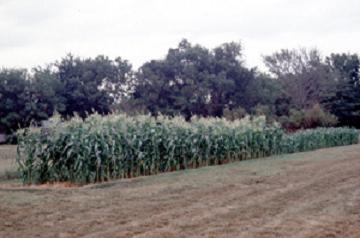
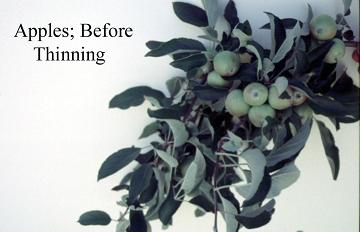
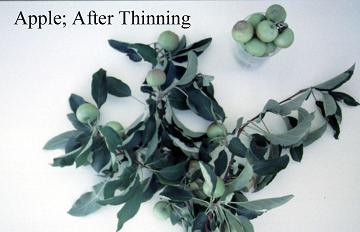
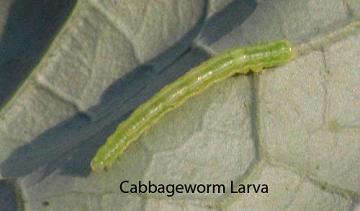
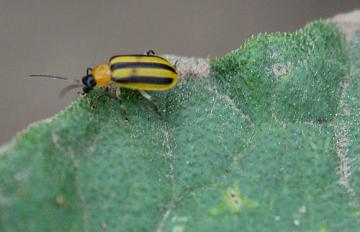
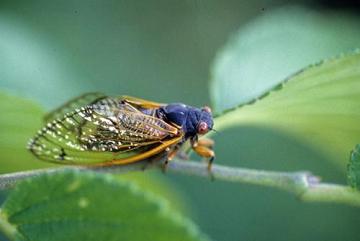
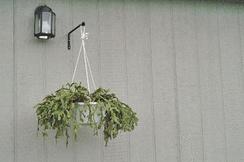
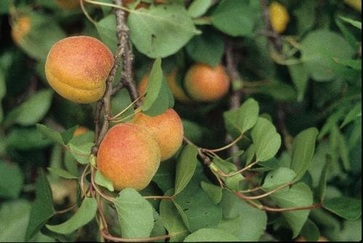
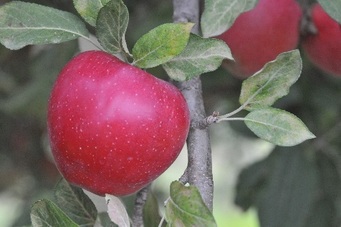
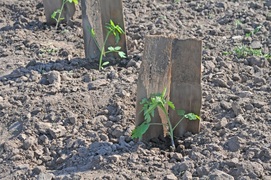

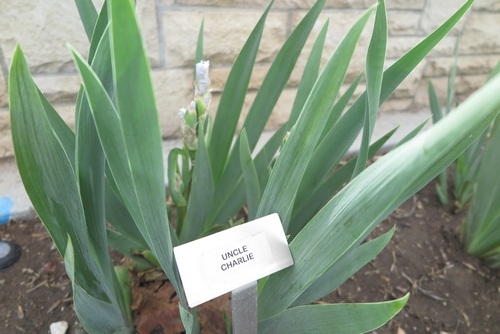
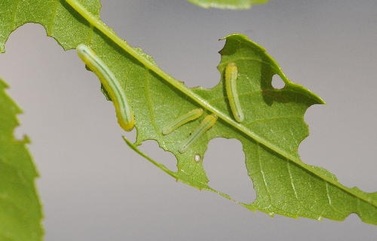
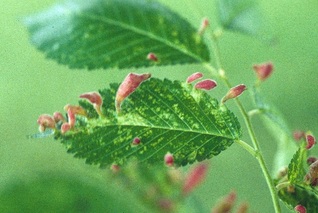
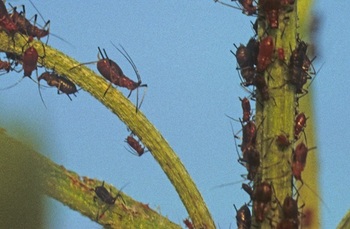
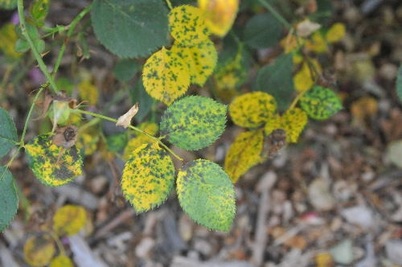
 RSS Feed
RSS Feed
